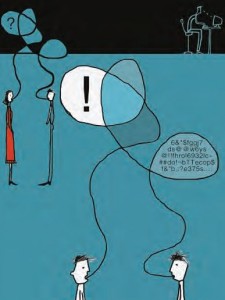After spending an inordinate amount of time meeting three deadlines last week, I decided to cruise a bit the next morning and spend some time surfing through the social media sites in which I participate.
I started with Twitter. In the first hour, I received 206 tweets, or one every 18 seconds. I also received almost 150 updates from my LinkedIn connections, about 120 posts by my Facebook “friends,” plus  the activity from connections on STC’s social network, MySTC. This is on top of 34 email messages. And this doesn’t even count the discussions posted on the several LinkedIn groups to which I belong.
the activity from connections on STC’s social network, MySTC. This is on top of 34 email messages. And this doesn’t even count the discussions posted on the several LinkedIn groups to which I belong.
I tried reading them all, but I was simply overwhelmed by the volume. I realized that I could spend the entire day reading, responding, and participating.
I talked to a colleague about this. I smiled at his response. “I spent about an hour the other day reading through my Twitter stream. Lots of interesting stuff, but nothing earth shattering. I could easily waste my entire day on this and not get anything done.” As in “not get anything important done.” Now that’s drowning in social media.








